-
Posts
4,871 -
Joined
-
Last visited
-
Days Won
119
Content Type
Profiles
Forums
Events
Gallery
Blogs
Store
Community Map
Everything posted by Mayner
-
Applied the final touches to No59 following a visit to the paint shop and a coat of GSR Grey. The loco is finished in a flat lacquer not dissimilar to the dull rather dull appearance of the loco in the photo The model is based on a 1939 photo of the loco at Tullow following its arrival with a Kingsbridge-Tullow passenger. 59 fireman's side, I modified the loco chassis by fitting an NEM pocket. I need to re-check the fit between the running board and valence at the leading driving splasher. The faring that covers the space between the carrying and driving wheels on GSWR 4-4-0 locomotives was cut back on this particular loco possibly to improve access to the brake hangers and linkage on leading driving wheel. 59 Driver's side, rod/pipe visible beneath the valence and running plate represents vacuum pipe between cab and front vacuum pipe. Number plates are etched N/S with raised number and edging exposed as its not really practicable to paint the raised detail in the prototypical yellow/cream in 4mm scale. Shaded buffer beam numbers are from a Historic Model Railway Society (HMRS) LNER lettering sheet. Screw couplers are Smiths couplings with the lower link glued into the shackle to clear the tension lock coupler. Tender is basically standard SSM GSWR 1804 gal tender used with GSWR small passenger and standard goods.
- 392 replies
-
- 23
-

-

-

CIE locomotive livery variations 1960-1990
Mayner replied to jhb171achill's question in Questions & Answers
I use Tamiya AS-12 "Bare metal silver" aerosol for painting models in silver scheme. I found that the Tamiya aerosol resulted in a superior more durable finish compared to attempts with metallic aerosols. I usually apply the silver on a grey or white car auto primer. I am not really into weathering! -
Trying to fine tune the operation one of the main limitations is short train length as the traverser is only capable of holding a Bo Bo and 4 wagons. I have increased maximum train length to 6 wagons including a Brake Van by staging the loco in the hidden area behind the tower building. The longer train improves operational potential with 4 potential destinations for wagons including the siding that trails back under the overbridge onto the traverser. Todays trip includes a BR container for the Wharf Road, a H Van for the back siding, an LMA for Mill Traffic and two laden Grain Wagons for unloading. The Digitrax radio receiver recently failed so I am using Infrared wireless control with an ancient UR80 receiver (2002?) First step is to uncouple the first two wagons (for the trailing sidings) from the rest of the train before propelling the rear of the train out of the yard. Kadee magnets. First shunt is to swap the container wagons, leaving the van on the "main line" before shunting the back road. Second shunt is collecting two vans from the "back road" before setting out the H van. the rear of the train is on the second traverser track! Probably the 1st train/cut of wagons off the 'back road" Second shunt complete train re-combined Shunts 3 & 4 I snookered myself at this stage as the combined 7 wagon train was longer than the run round loop! I left the Brake Van on the main line before running round the 6 wagons and shunting them clear pf the running road, before placing the Van in the loop and running round. In practice brake vans were often left on the main line or on a siding clear of the shunting operations so the Guard could do his paperwork with minimal disturbance. Shunt 5 outbound traffic from Shunts 1 & 2 coupled to the van, LMA to be shunted to the Mill loading area. Shunt 6 LMA has been placed at the Mill for loading 2 laden Grain Wagons placed on the main line before B125 pulls out 2 empty (MTY) grain wagons before placing the laden wagons for unloading. Shunt 7 complete 2 laden Grain placed for unloading 2 MTY collected Outbound train made up and ready to depart. B125 is fitted with a MM sound decoder at default CV settings, usually ramp up to 20% using a Digitrax DT400 throttle with very extremely reliable slow speed operation even with Peco dead frog points. I still have to finalise the buildings for the mill area currently looking at a similar style to the elevator at Westport Quay
-
P O'Cuimin's "MGWR Wagon Stock" Feb 1970 IRRS Journal is the main published source on MGWR wagons, but does not contain a stock list as such. The Standard Covered Wagon (soft topped livestock & goods) was the largest numerical group of wagon 1613 out of a total stock of 3319 in service in 1924 (Open (crib) cattle next numerous no total given (until 1912) against a total of 430 Covered Cattle wagons. Its possible 3319 may be a Bogie rail wagon bought from Leeds Forge following WW1 which remained in service into the early-mid 1970. The hopper wagons bought following WW1 for the North Wall-Broadstone coal train were numbered 3078-3094. Its possible 1319m and 1428m may have been IRCH 10 Ton Standard Open wagons introduced in 1919 or IRCH 10 Ton Standard Covered Wagons introduced during the same period, the GSR and CIE continued to build open wagons to the IRCH Spec up to the introduction of the Bullied Corrugated Opens in the Mid 1950s Interestingly Bogie Well Wagon 3409m the highest numbered ex-MGWR wagon appears to have lost its m suffix following re-building as the cable plough wagon including the fitting of modern roller bearing bogies
-
Tony I am not sure your question is whether its feasible to convert OO Gauge locos and Dapol wagons to 1. EM gauge (18.2mm) or 2. 21mm Gauge by adapting EM track and wheel standards. On the face of it EM 18.2 offers an improved appearance over OO with a lot less effort compared to 21mm gauge. EM flexible track and points (Peco) available through the EM Gauge society and EM gauge wheelsets available from the society and UK model trade. 1. EM Gauge (a) OO Works Locos If you are thinking of converting to EM gauge the first step would be to check whether there is sufficient clearance within the body of an the OO Works GNR locos to fit EM gauge wheel sets. The main areas to check 1.-------EM gauge wheel sets within the splashers ---------22 mm plus running clearance of a Markits driving wheels on EM axles. 2.------Whether there is sufficient clearance for coupling rods behind valence and under running board. 3. ------EM wheel sets within tender frames. OO Works appear to use Markits wheels on their locos, Markits supply EM gauge loco driving axles, you would need to replace the existing OO gauge tender and bogie wheels with EM wheel sets available from Markits or replace the existing axles with 26mm -2mm dia steel axles (b) Dapol wagons. EM gauge wagon wheels should fit the existing Dapol wagon chassis 2. 21mm gauge. Would involve significantly more work than OO or EM regardless of whether you adapt EM or S4/Proto4 track and wheel standards I don't think its a practical proposition to convert a OO Works GNR loco to 21mm gauge as it likely that you would need to replace the running board, splashers and possibly tender frames, it would be simpler to build a loco from scratch in brass or nickel silver or use a Worsley Works set of parts.
-
Possibly a variant of the Stadler Eurodual https://www.stadlerrail.com/en/products/detail-all/eurodual/40/, though whether the Irish Government would be prepared to fund electrifying the lines that actually or could potentially carry freight traffic and generate the electricity from a renewable source is another question. After looking at a number of options including sourcing locos from China and the United States Kiwi Rail recently (2021) placed an order with Stadler for 57 main line diesels (with Caterpillar (EMD) engines) to replace the South Island fleet. https://www.railjournal.com/locomotives/kiwirail-awards-stadler-locomotive-framework-agreement/ The Kiwirail order is based on the AsiaLight model with similar axle load limits to current IE locos.
-
1:144 is not far off British N Scale at 1:148 I wonder whether the Huyandi-Rotem IC railcar samples are to 1:144 or an established model railway scale.
-
The majority of my 21mm gauge steam (EM profile wheels and running clearances) outline locos (mainly 0-6-0 and 4-4-0) incorporate some form of compensation or springing and some (3-4) have operated successfully in exhibition conditions, the main advantage is improved pick up by keeping all wheels in contact with the rail head. The SSM MGWR E Class chassis incorporates beam suspension so there is no need to fit separate hornblocks or to use a hornblock alignment jig. I currently use High Level Hornblocks as they are easier to assemble and fit than other manufacturers hornblocks and a set of Markits alignment jigs
-
I was thinking in terms of a hand signal for a movement that was not controlled by a running signal or a disc. On some railways no fixed signal was provided to control a movement from a running line to a goods loop, an arriving train had to be brought to a halt at the Home signal (held at danger), before the signal man set the road and hand signaled the train into the loop or siding.
-
The GNR (I) had a reputation of being 'economic" when it came to signalling known for its shorter than usual signal arms and telegraph poles for posts There would have been no requirement for signals to control run round movements at Scarva if the branch was operated on the 'One engine" system. Presumably movements to an from the branch were controlled by hand signals from the signal man, the outer homes would have allowed Scarva to accept a train from Portadown or Pontzypass while a train was a shunting move was taking place in the station or a passenger movement between the main line and branch or vice versa.
-
I have used 3D printing for resin printing and lost wax casting in brass. I used 3D printed models as patterns for bass castings before realising my supplier can produce a pattern and mould from a 3D file https://morrisandwatson.com/casting/about-casting The big question is whether the designer goes down (1) the Shapeways or i Materialise route to sell their products, (2) use a commercial bureau in the Ireland or the UK to print their models, (3) invest up to $100k in setting up their own print shop or (4) release their designs on a commercial (royalty basis) or (5) open source for people to print their own models.
-

Rare model locomotives Sold at Auction.
Mayner replied to steventrain's topic in British Outline Modelling
Stanley Beeson's was considered to the the Rolls Royce of British professional model makers in Gauge O and the larger scale Guy William's who built most of the Pendon locos holds a similar position in 4mm scale . Massed produced OO locos and stock are relatively cheap I sometimes pay the best part of £2,500 for a used large Scale (45mm gauge) American narrow gauge loco and around £150 for new plastic freight cars. https://www.accucraftestore.com/ng-c25 New Accuracraft locos are generally around $5k plus excluding import charges I don't buy or have the money to buy every new model introduced by Accuracraft though -
When my father retired in the late 70s he started doing shutdown maintenance work for an engineering contract shop. One of his last jobs (in the Clondalkin Paper Mill) was inspecting/dismantling plant then servicing and re-assembling the plant without replacing worn parts as there was no money in the budget to replace worn/broken parts. Dad didn't mind he had basically seen it all before and the pay rates with the contract shop were good
-
Test running and final detailing including cab interior, fitting smokebox door and vacuum pipe under running board on drivers side. Earlier photo, did not notice buffers were pointing upwards! Tender springs and tool boxes later removed for painting. The model is based on a 1939 photo of No59 at Tullow including twin whistles, I have prepared a set of matching numberplates. The 52 Class appear to have been the regular locos on the Kingsbridge-Tullow passenger trains in GSR days possibly up to the end of scheduled passenger (and goods) services in 1947. The loco is for a customer in the UK hence NEM coupler pockets on the loco. Didn't realise the GSR used knuckle couplers The challenges of fitting a cab interior to a OO gauge Irish Broad Gauge loco. Test run following some "final' adjustments. Reasonably happy with speed range following light oiling of gear train, axle bearings and crankpins.
- 392 replies
-
- 17
-

-

-
Back to loco building this time a GSWR 52 Class. I used a Mashima 10X24 motor and 53:1 Branchlines Multibox rather than the High Level 35:1 gearbox and coreless motor I used in earlier builds of this class. High Level were furloughed (unable to obtain components from suppliers covid supply chain problems) when I ordered the parts in 2021, but fortunately Branchlines had a stock of gearboxes and motors. I selected the 53:1 box to achieve improved slow speed running and a more realistic top speed, the builds with 35:1 gearboxes turned out to be racers! I build/assemble 2-4-0s and 4-4-0s with weighted tenders and rigid drawbars to improve traction. The leading and center tender wheelsets are floating free to move up and down in slots lightly sprung to maintain contact with the railhead/power pick up. I used self adhesive tyre weights for the tender and cast woods metal weights in the loco chassis and boiler. Loco and tender wheels are Markits with 'live axle" pick up, the loco is DC the only wiring are leads from the loco and tender chassis to the motor brush terminals, a lot less hassle than wiring a kit or scratchbuilt loco for DCC. The chassis weight was cast in a rubber mould, the loco literally poured into the boiler. First load test 14 wagons no hint of slipping. Even with the 53:1 box and motor of similar rated speed to the earlier builds this loco also turned out to be a fast runner. Next job is to dismantle the loco for painting.
- 392 replies
-
- 13
-

-

-
Growing up in Dublin in the 1960s Halloween (really Samhain) was a major event as kids we went door to door in the neighbourhood calling "Help the Halloween Party" collecting sweets and fruit for the party In practice we were trick or treating in Ireland before the term became common in mainland UK. Fireworks (banned in the Republic) were available under the counter from the Dealers (stall holders) in Moore Street and other markets or smuggled in from the North. "Bangers" seem to have been the most popular firework, older people used to stuff their letter boxes with newspaper to stop gougers/scumbags posting lighted banger through their letter box. In a way the more things change the more they stay the same.
-
I generally use ply or stripwood framing for open top baseboard construction of where the railway is on an embankment. These days I cut the ply strips on a bench saw and use a jig saw for profile cutting and fascias My current dock layout uses similar baseboard construction
-
The EE shunter is an excellent example of what can be achieved by scratchbuilding in plasticard. GN Hoppers, cut-down open wagons and bogie bolster really capture the neglected run-down nature of NIR engineers stock during the 70s and 80s. Any chance of an MPD railcar for light shunting/off peak passenger services.
-
We achieved a minor milestone in July with 200 JM Design wagons sold to date, with brake vans our largest selling item at 85 vans sold to date and remaining sales evenly split between Covered and Open Wagons with the balance made up with a small number of Grain Wagons. A very small number of rtr Brake Vans are currently available in grey with 1960 CIE roundel https://jmdesignmodelrailways.com/products/copy-of-cie-20t-brake-van-light-grey-23580 I am not planning to produce further rtr wagons (as its basically too time consuming & not worth while financially), its planned to continue producing the Brake Vans and other wagons to order in CKD form. While sales for these models has been less than expected the 3D printed wagons have allowed me fill out my wagon fleet a lot more quickly than going down the scratch building route, the majority of the wagons produced have been on my to-do list since I started Irish modelling during the 1970s.
-
It probably goes a bit deeper than simple rivalry Kadar (Bachmann parent company) have a pattern of taking over established but financially weak companies with strong brand names including Bachmann Bros, Williams Trains, Graham Farish, Liliput, Trix which would make Hornby Hobbies with its wide product portfolio target for takeover. Kadar took over Sanda Kan the company that manufactured model trains for Hornby and several European and American brands before shutting down OEM manufacture for these companies https://jnsforum.com/community/topic/2747-sanda-kan-shake-up-affects-model-trains/. Sanda Kan pioneered the current generation of highly detailed Chinese rtr models during the 1990s with the Proto-2000 range of HO locos for Lifelike which were groundbreaking both in terms of running quality, fine detail and finish in a similar manner to current IRM, Accurascale models.
-
Two sets of Second/Standard Open sides in stock @ $32.00 each plus shipping Coach side frets are available to order 6-8 week lead time direct from our supplier in the UK Buffet Car---------------1 set coach sides Side Corridor------------2 Sets coach sides BSGV--------------------3 Sets coach sides Brake Second/Standard--3 sets Standard Open-----------3 Sets
-

MGWR Passenger and Goods Stock - is there a need?
Mayner replied to 2996 Victor's topic in Irish Models
The majority of Shapeway Modellers select "white versatile plastic" as a default option because of the materials strength, flexibility and low cost. Has anyone asked Simon Dawson (Recreation 21) for a quote for any of his Irish 1:76 scale locos, coaches or wagons in one of Shapeways SLA resins? https://www.shapeways.com/materials/sla-accura-xtreme The main risks with printing a coach like a MGWR 6 wheeler in one piece like the Recreation 21 model in a SLA resin is parts like buffers, axleguards and footboards breaking off because of the brittle nature of SLA resins and defects/flaws on one side of the model due to the limitations of the printing process. Doing an exercise using Shapeways on-line quoting system Shapeways resin prints worked out between 3-6 times more expensive for the same model printed in 'white versatile plastic" -
Most likely Bachmann Europe attempting to re-gain market share lost to Accurascale, and retail commissions, the Deltic and Class 37 were important models in Bachmann UK 'Modern Outline" locomotive range. It will be interesting to see if Bachmann/Kader will adjust their Class 37 pricing to compete with Accurascale on price.
-
EM appears to be a reasonable compromise for Irish broad gauge and would allow Irish and British outline models to run on the same layout! I know at least one (UK based) modeller who has an EM (18.2mm) gauge MGWR 2-4-0 Modelling Irish railways in EM is a similar compromise to modelling British outline in OO and reduces the "narrow gauge" appearance of Irish steam locos and stock when viewed head on, the main advantage in using EM over 21mm is that it considerably simplifies loco/rolling stock conversion with EM loco and rolling stock wheel sets available from the trade and EM gauge society and eliminates the requirement to widen/replace bogies and rolling stock chassis to accept 21mm wheel sets. A significant issue in converting Irish rtr (and some kits) coaches and wagons to 21mm gauge before the introduction of IRMs bogie freight stock. Martyn Wynne's (Templot) choice of 20.2mm for "Irish EM" appears similar to the EM gauge society choice of 18.2mm as opposed to the more accurate 18.83mm for British outline standard gauge and may be related to concerns with achieving sufficient running clearances for EM profile wheels in broad gauge loco chassis. Having built several steam outline 21mm gauge locos I would be tempted to try EM if I was starting over again.
-
Studio Scale Models 30T Brake Van kit http://www.studio-scale-models.com › Brake30 is a reasonably inexpensive option at for modelling one of these vans. The kit is relatively simple to assemble and includes a Dapol Prestwin chassis complete with wheels and couplings, body folds up from one piece of brass and can be assembled by gluing, no soldering required.
.png.c363cdf5c3fb7955cd92a55eb6dbbae0.png)

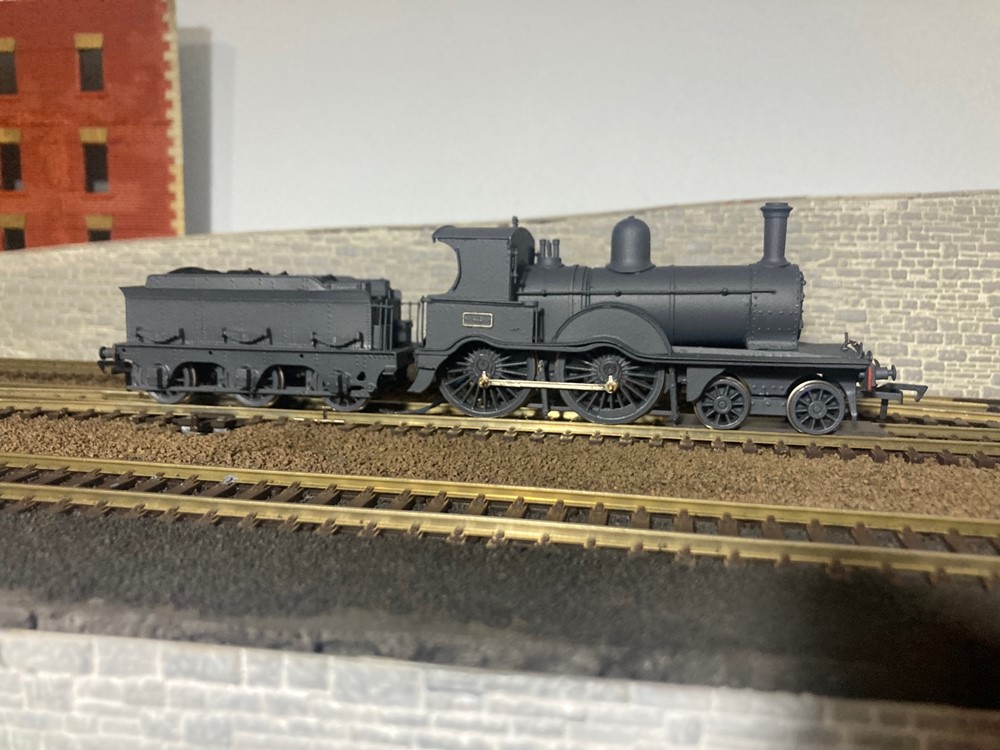
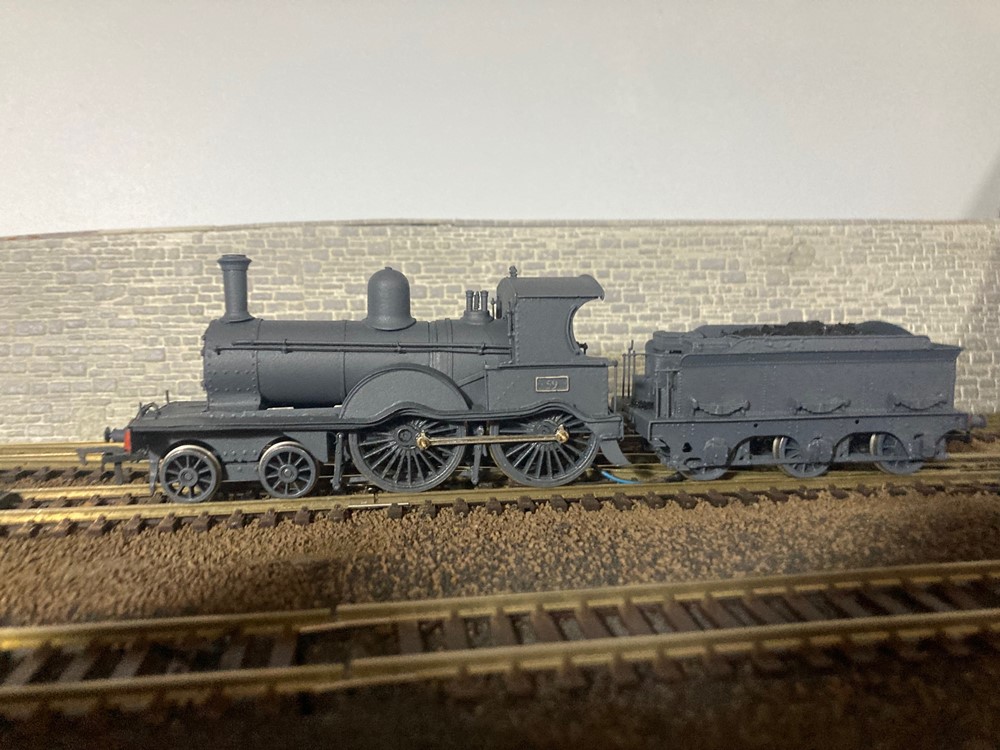
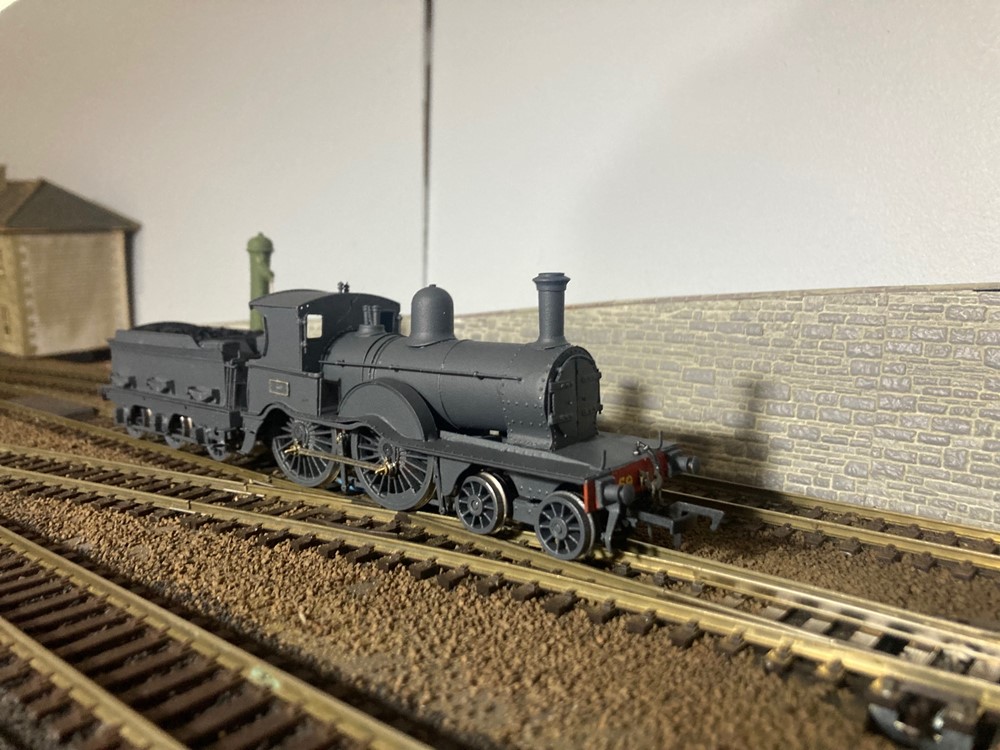
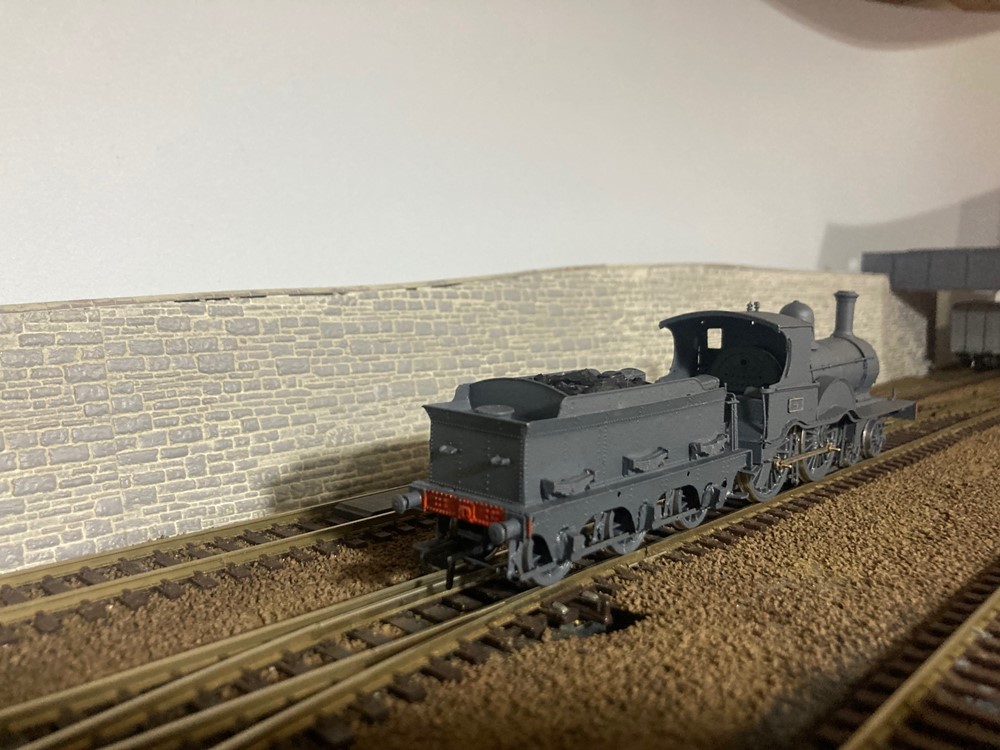

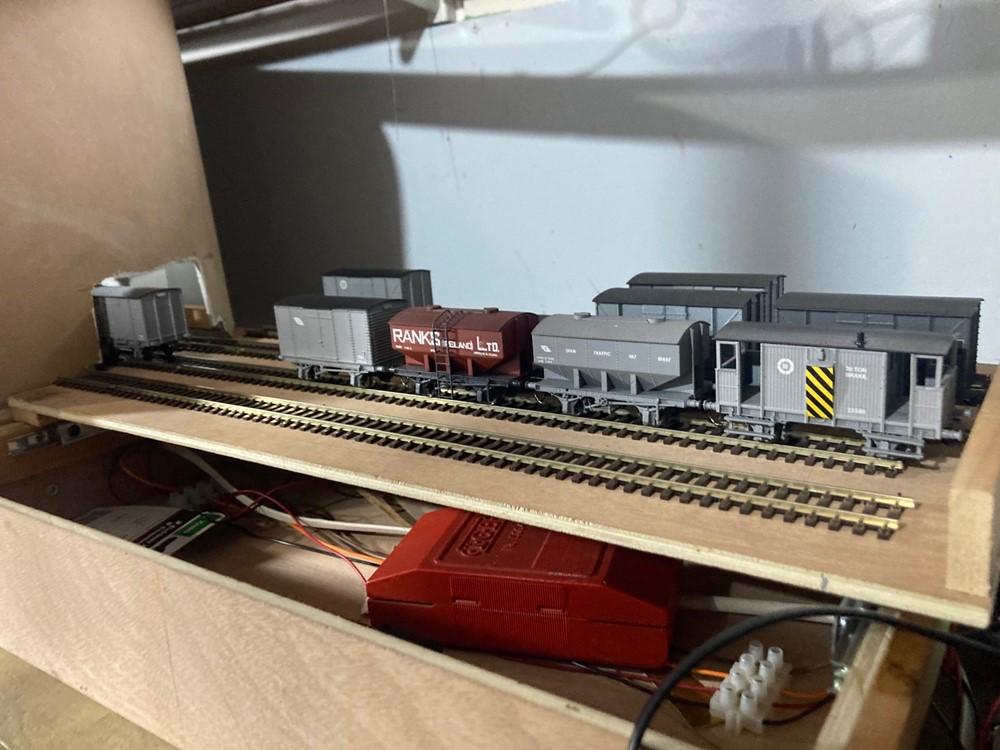
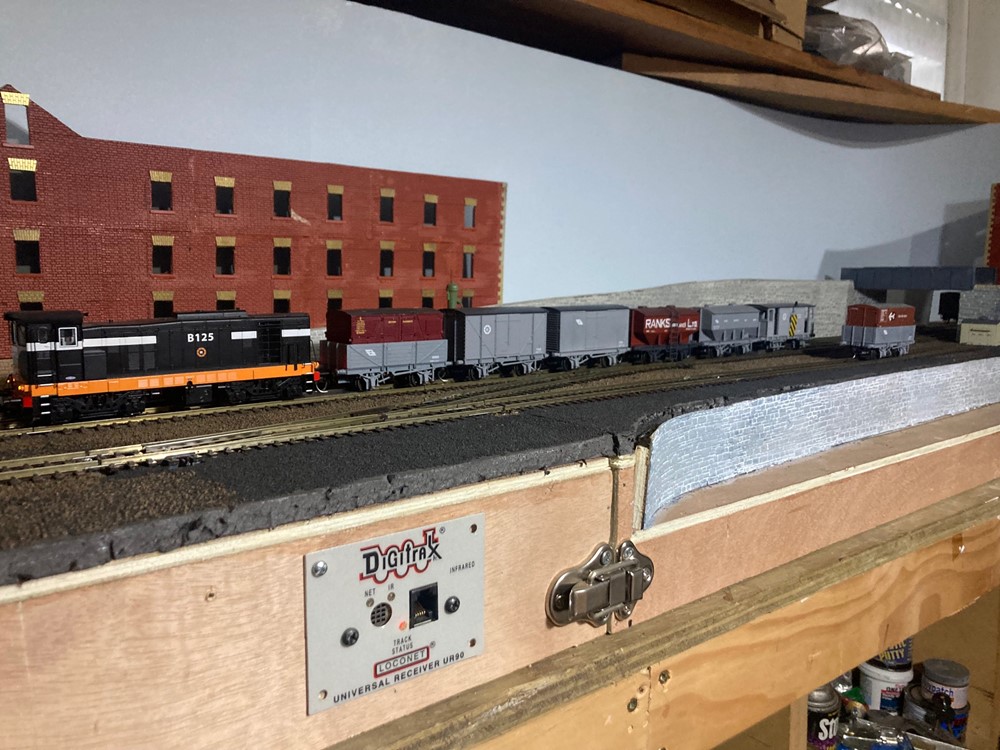
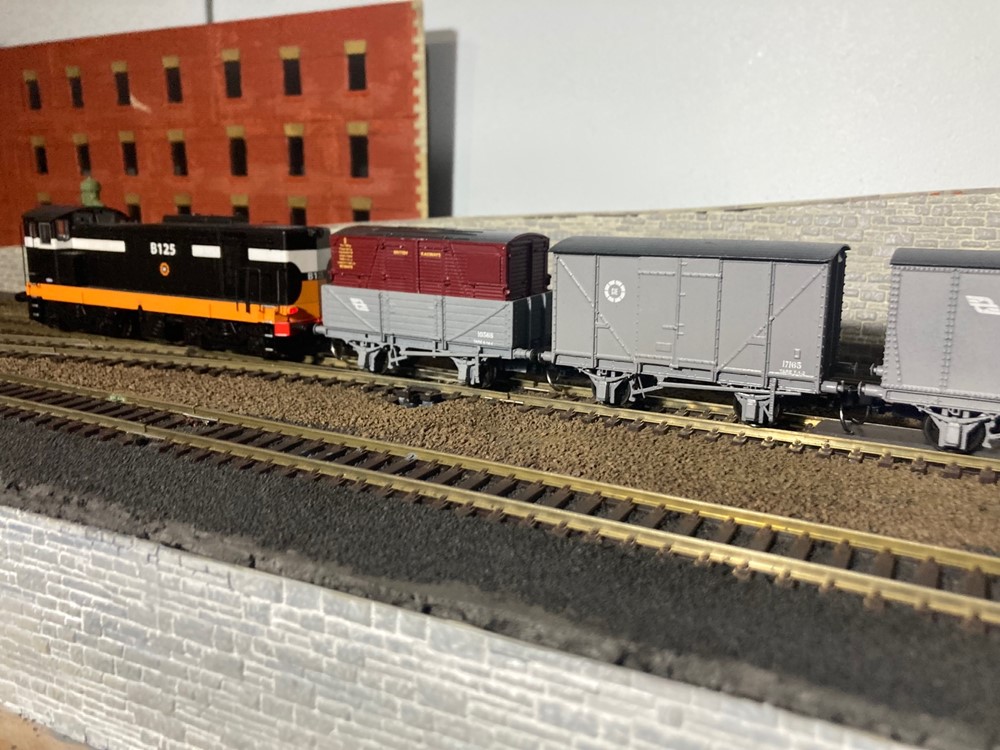
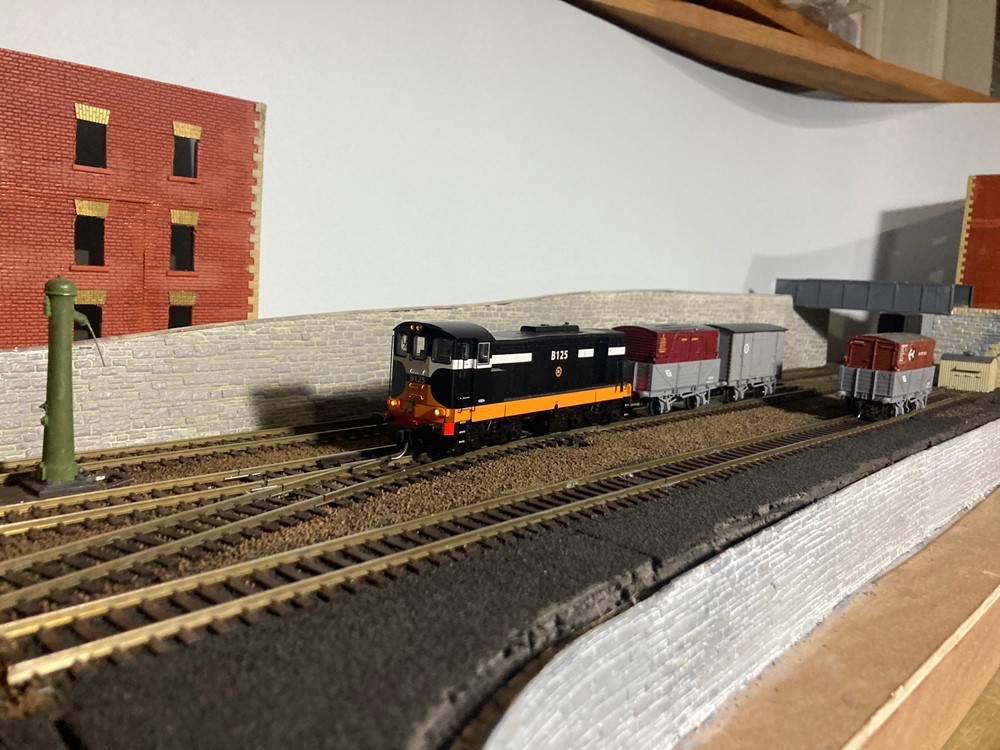
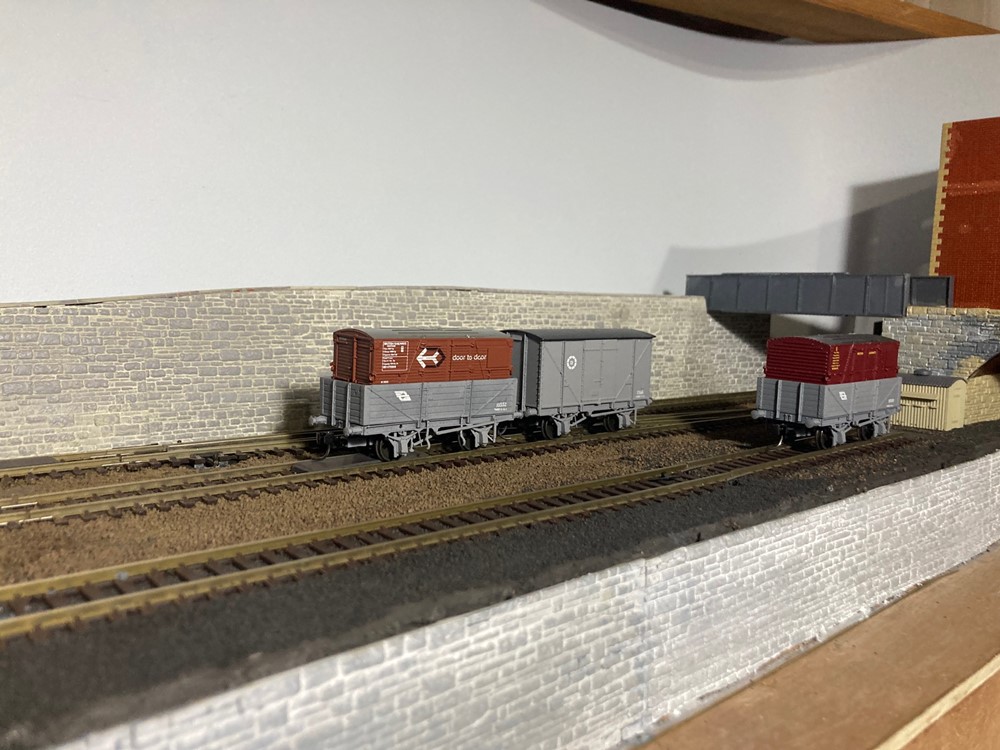
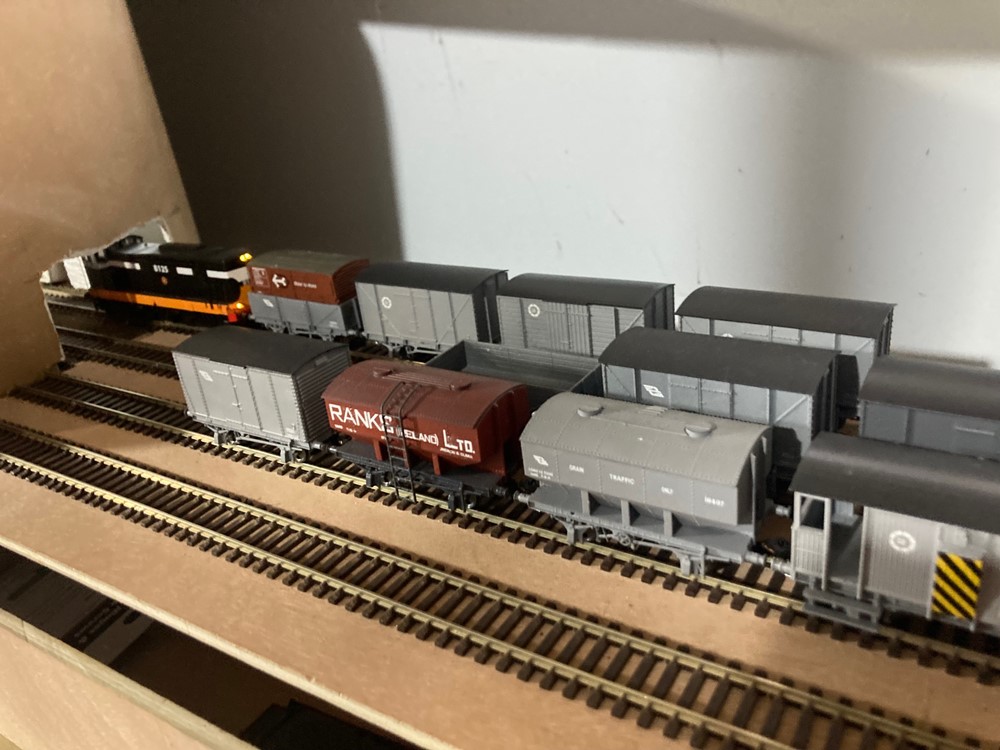
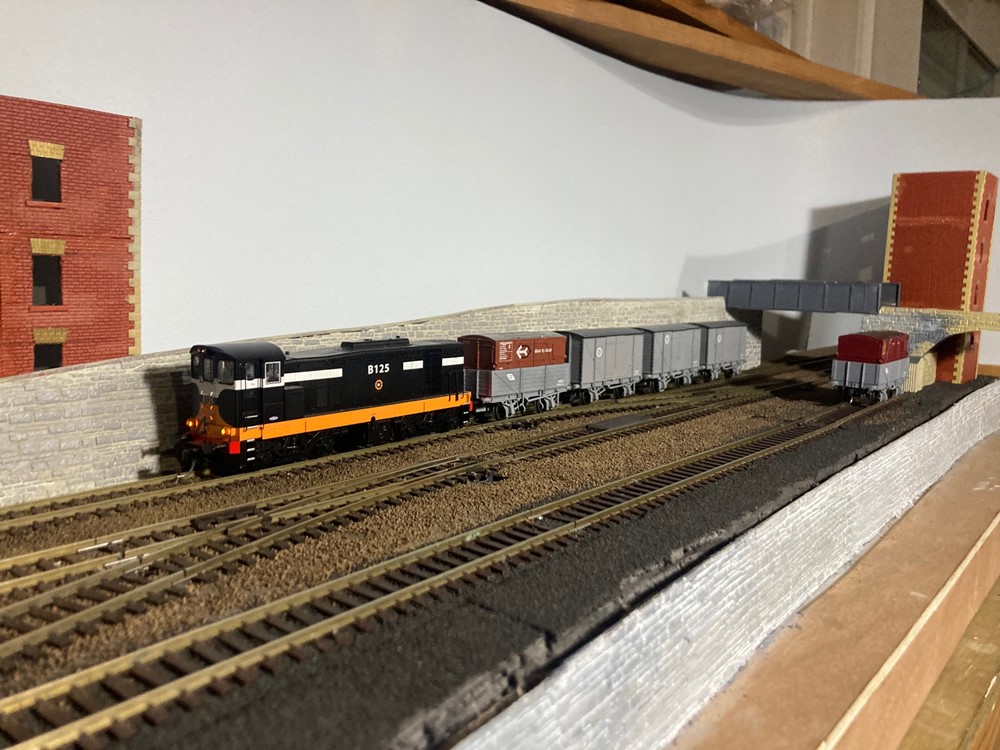
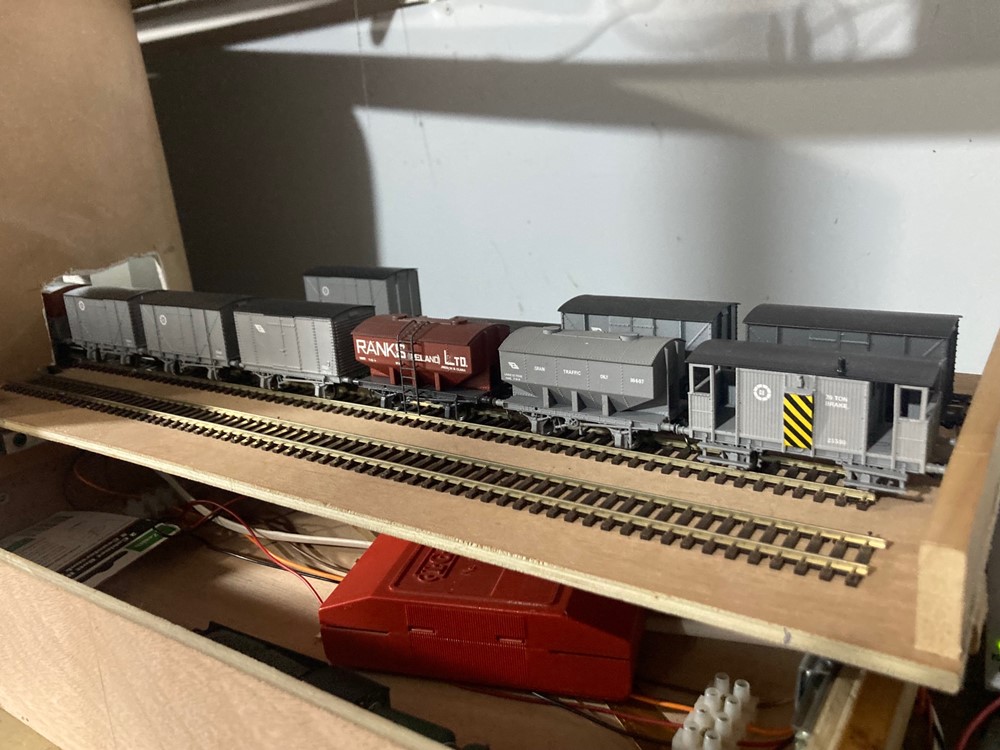
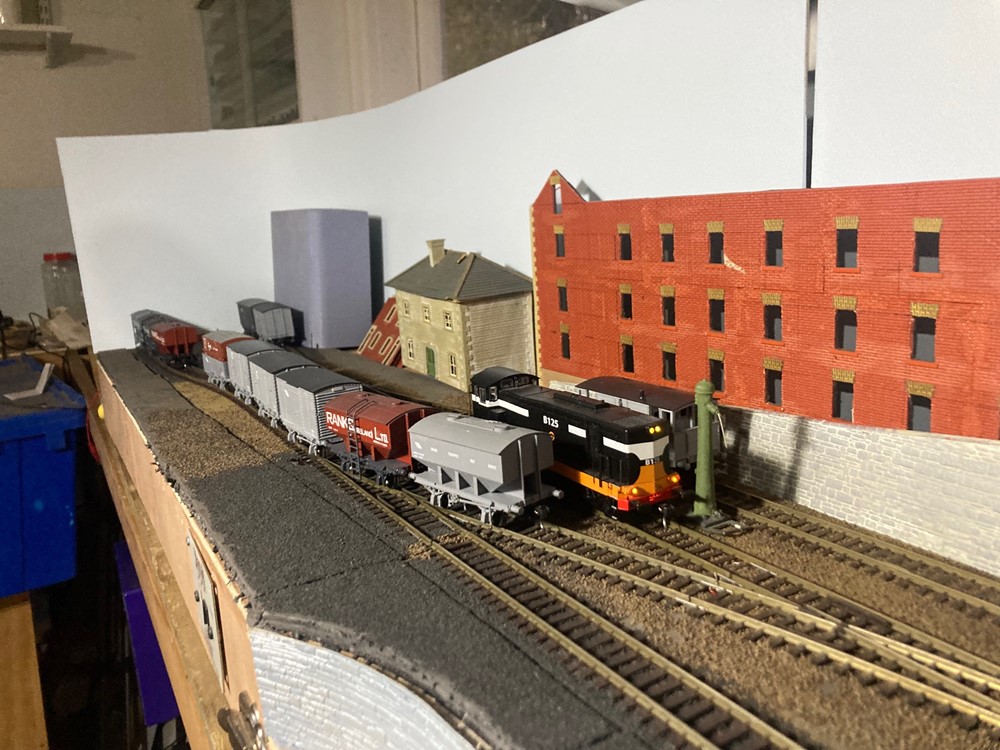
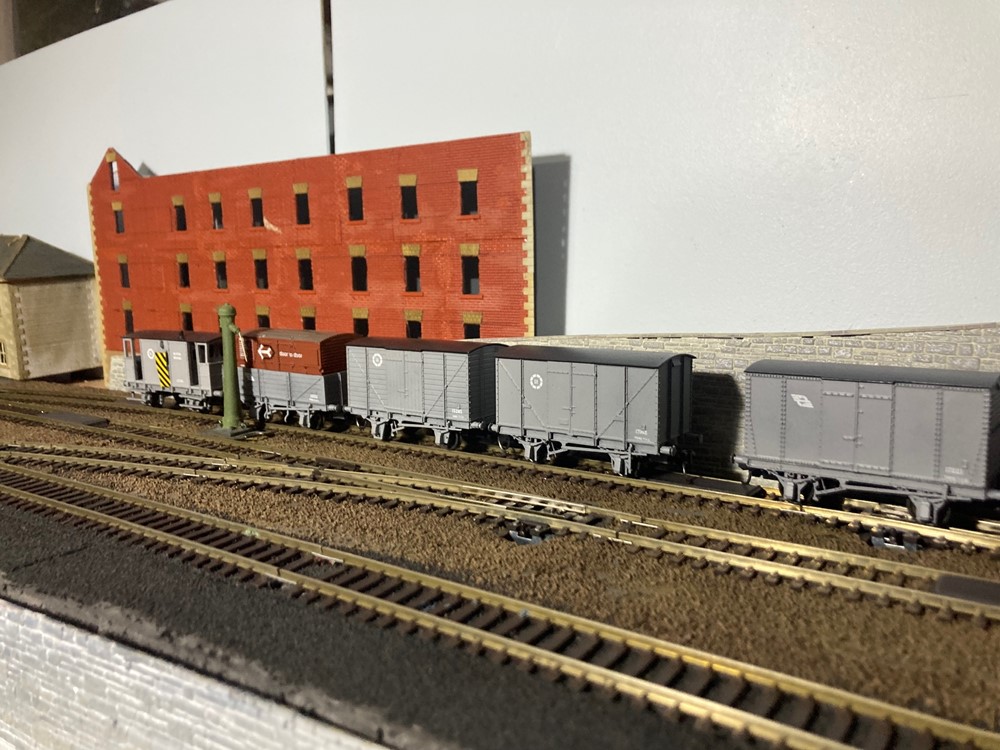
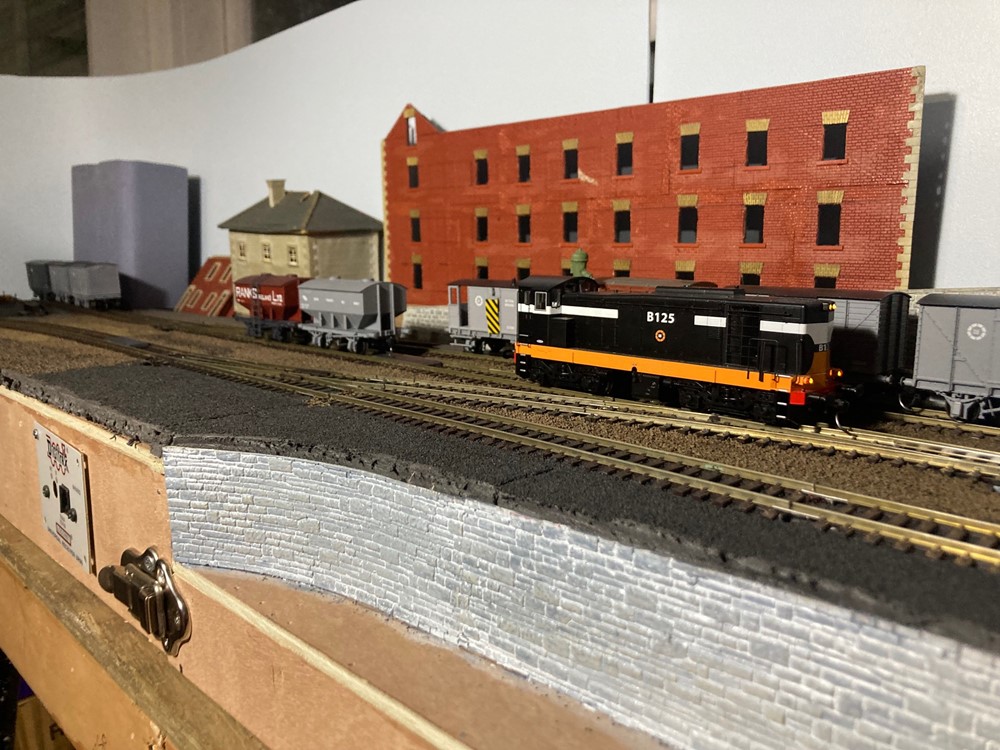
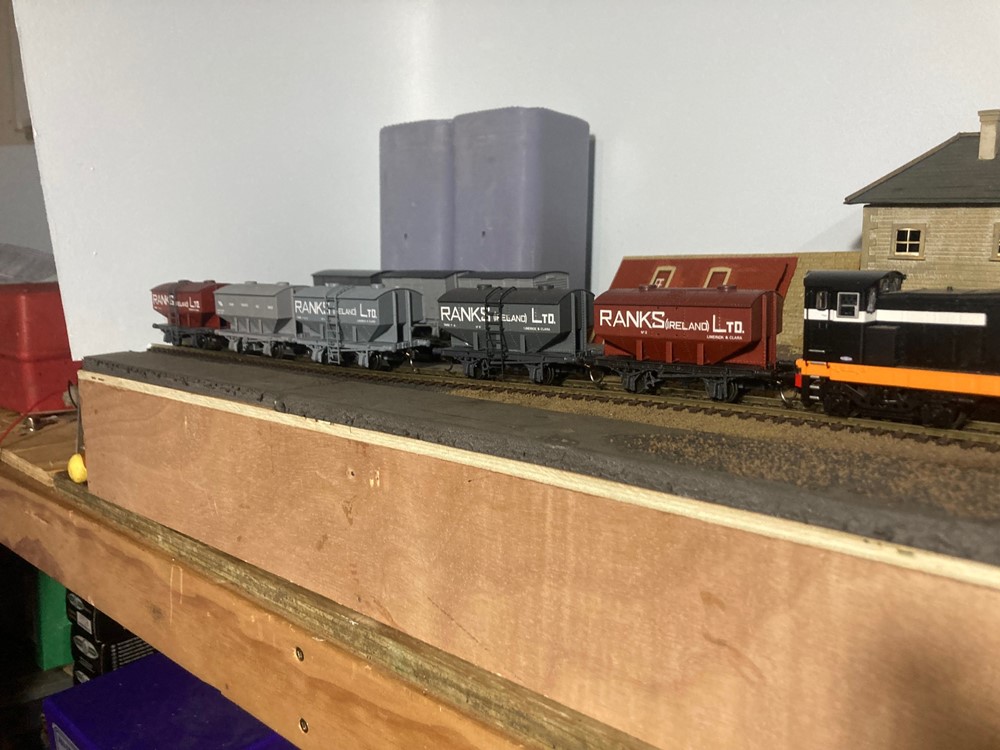
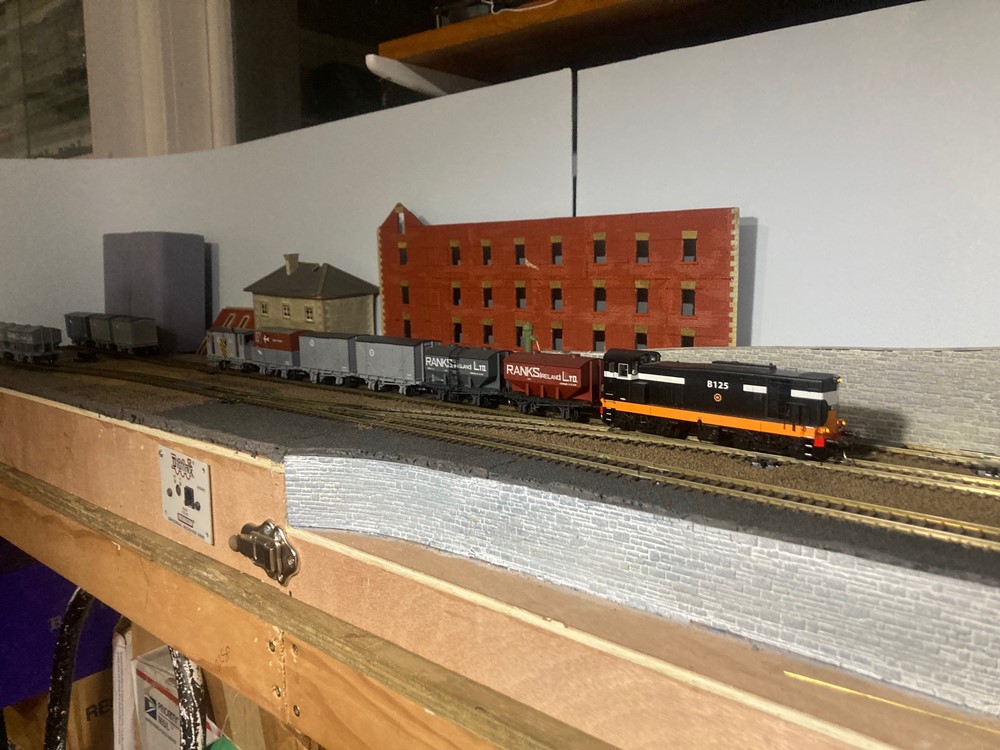
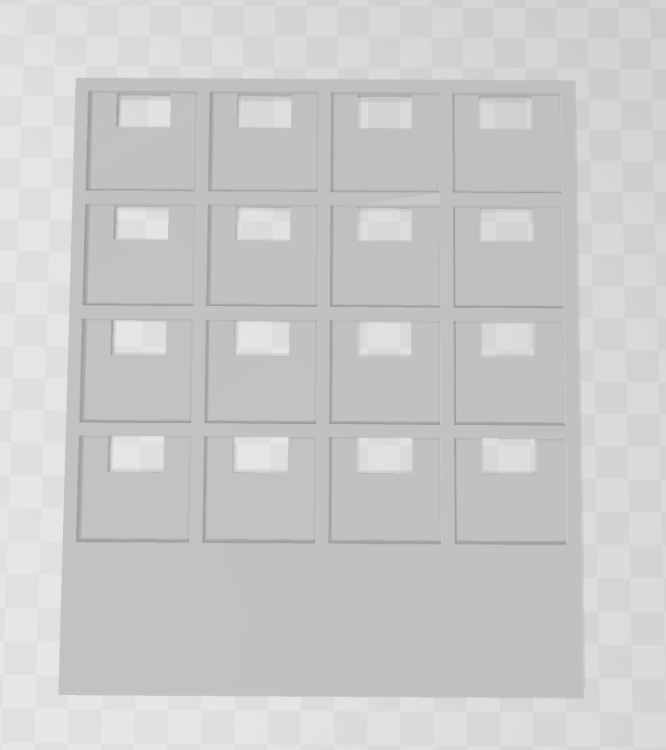
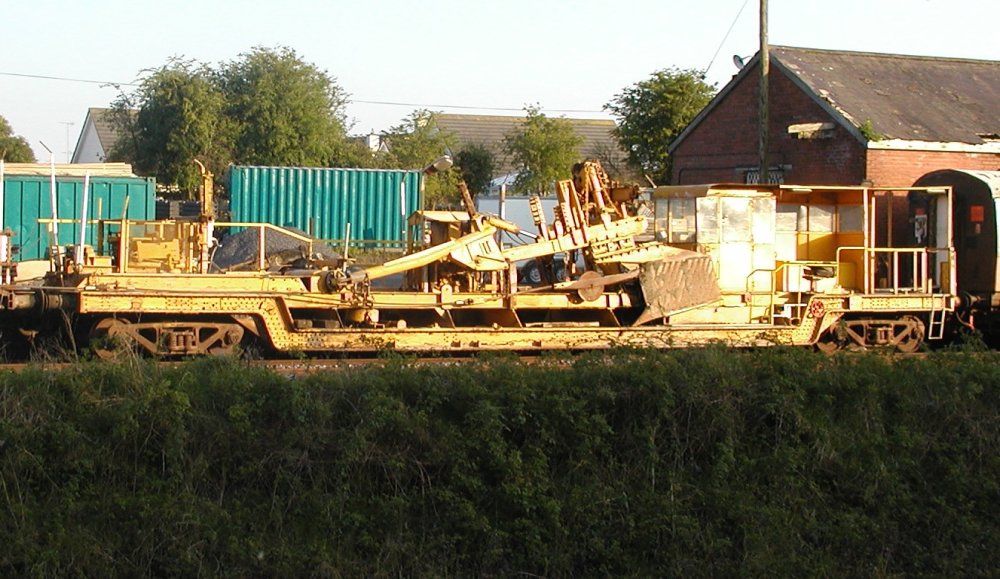

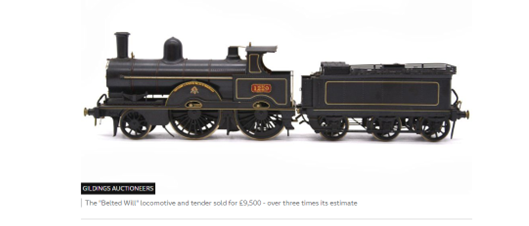
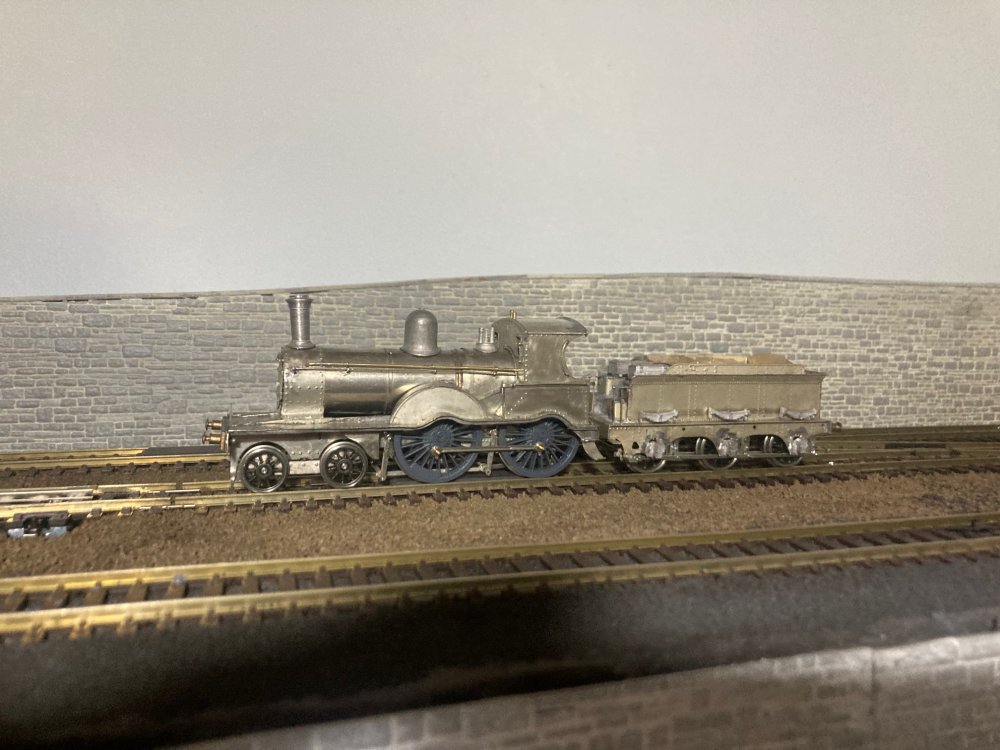
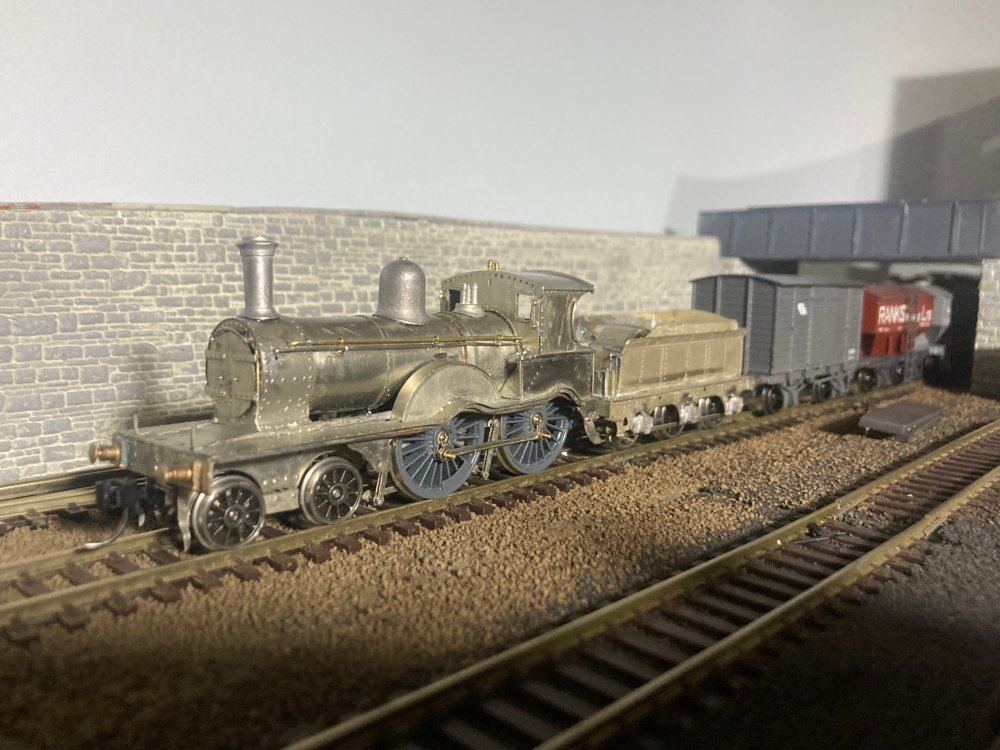
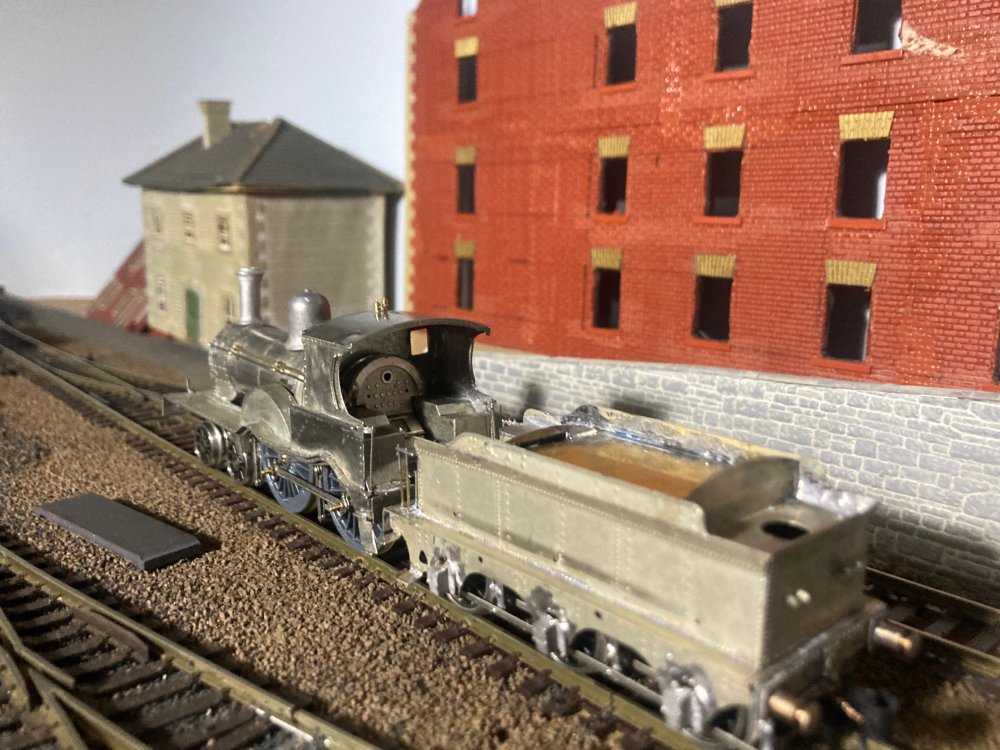
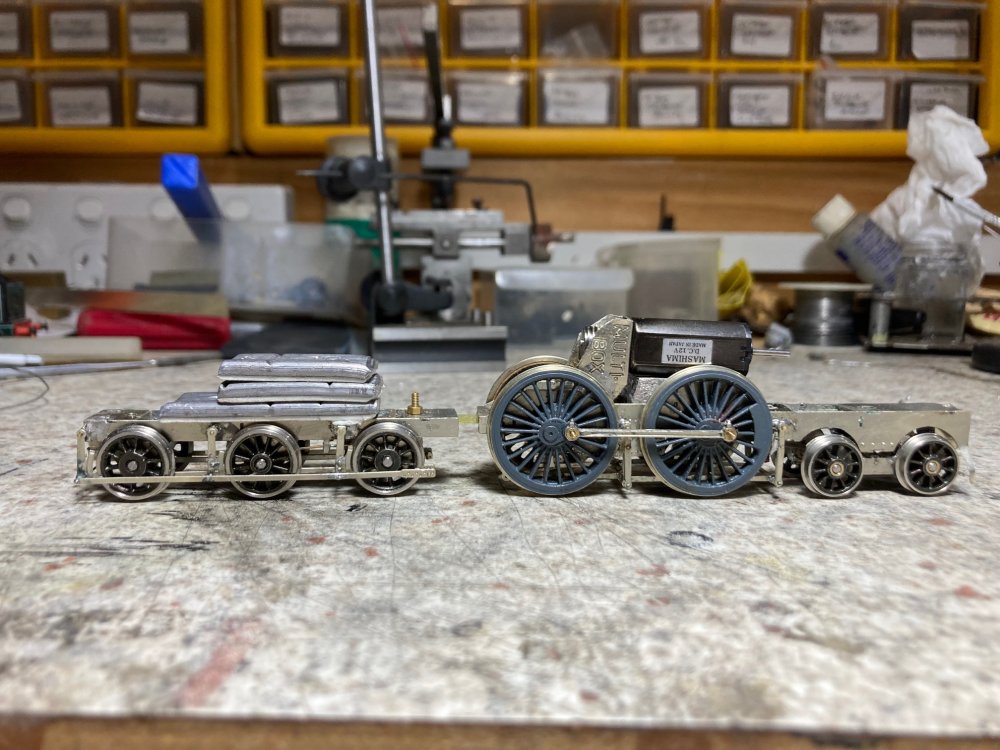
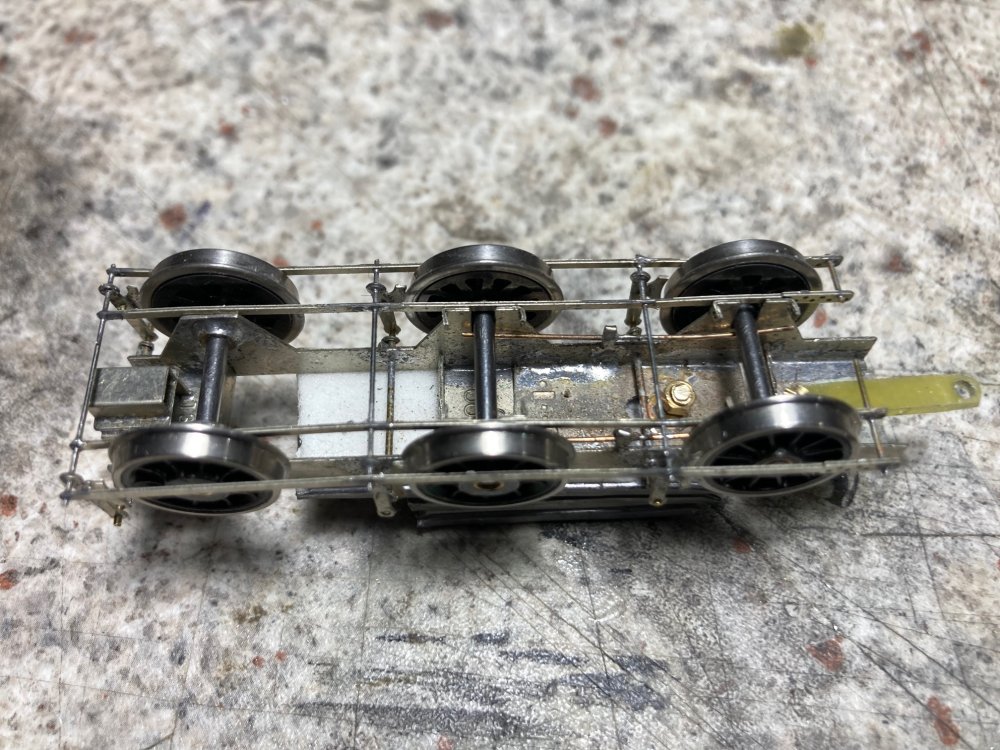
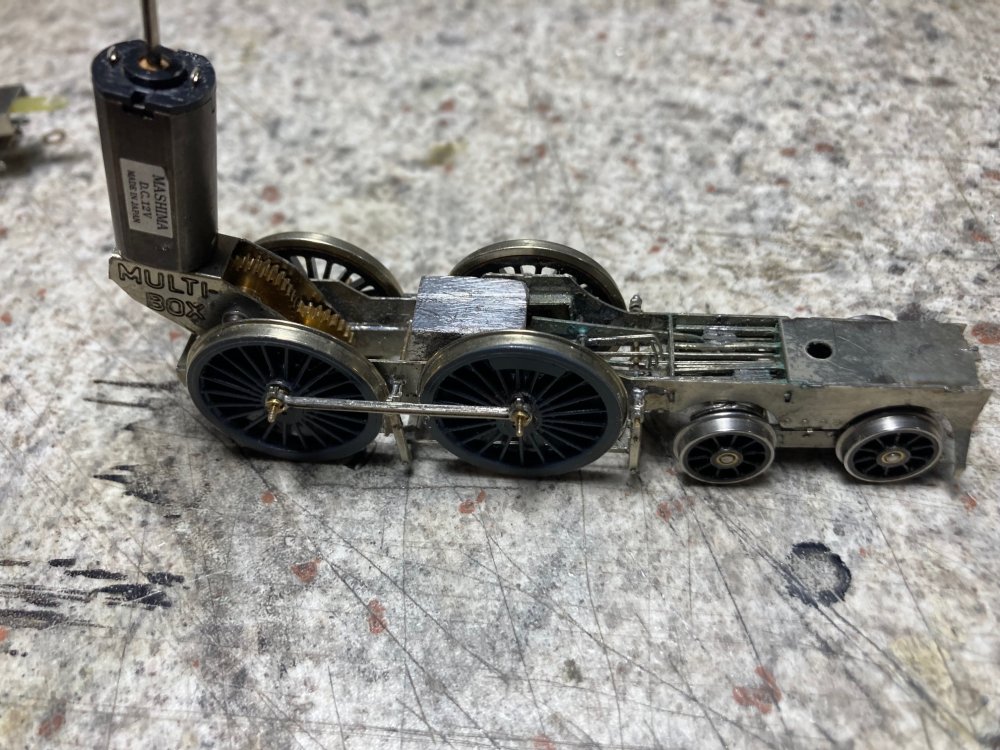
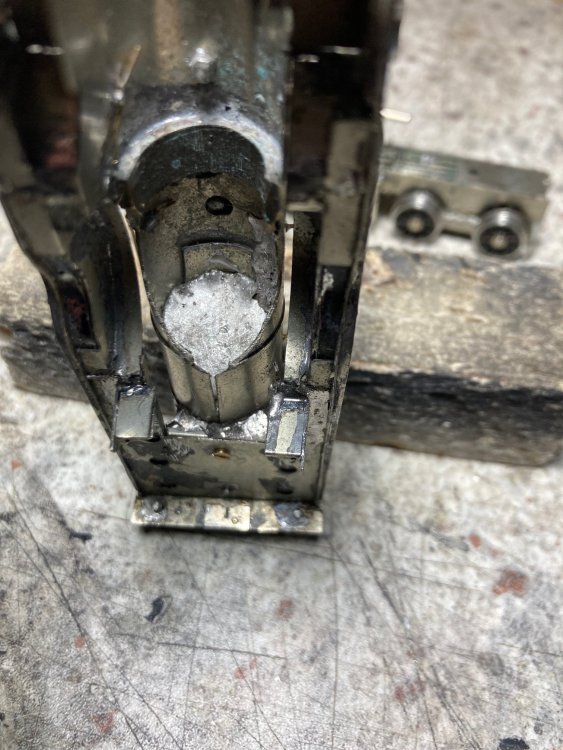
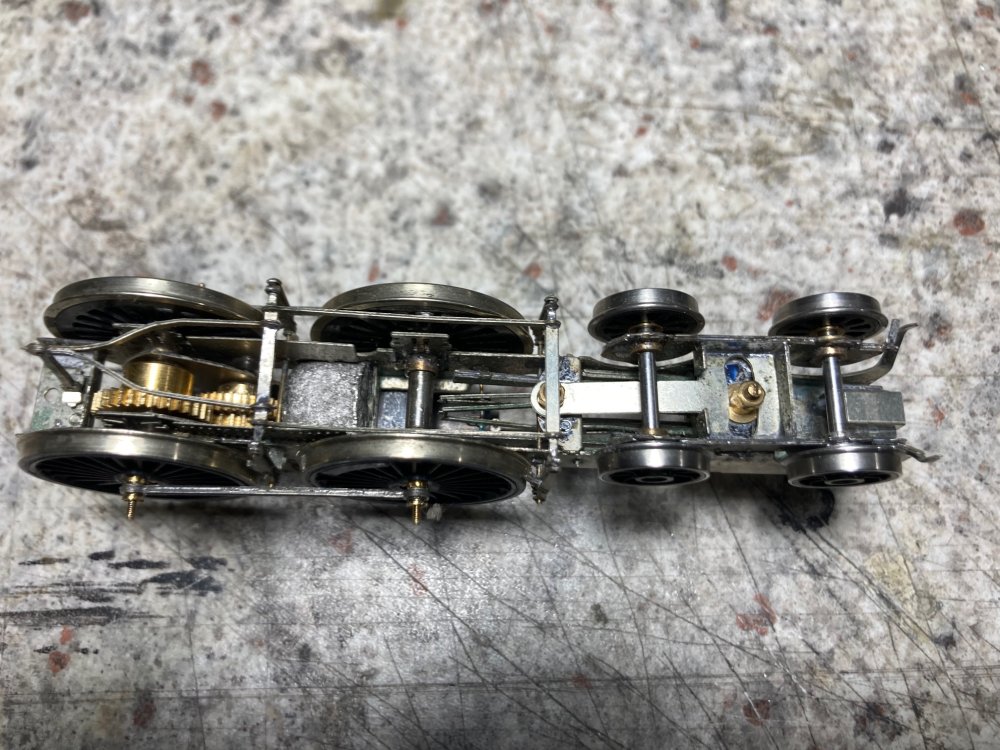
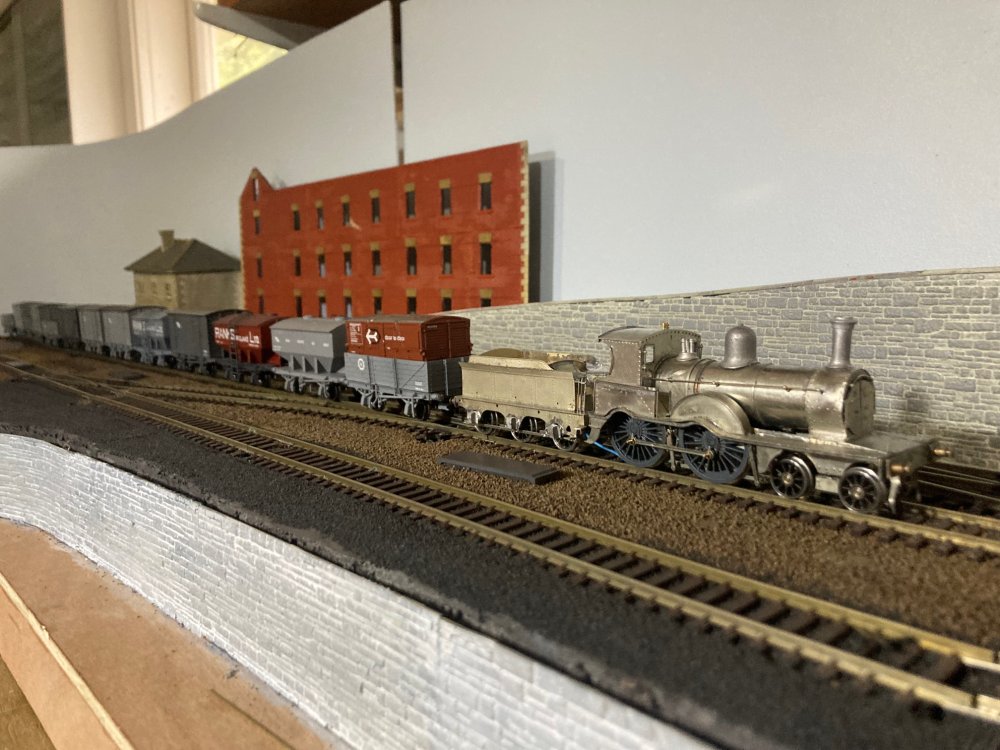
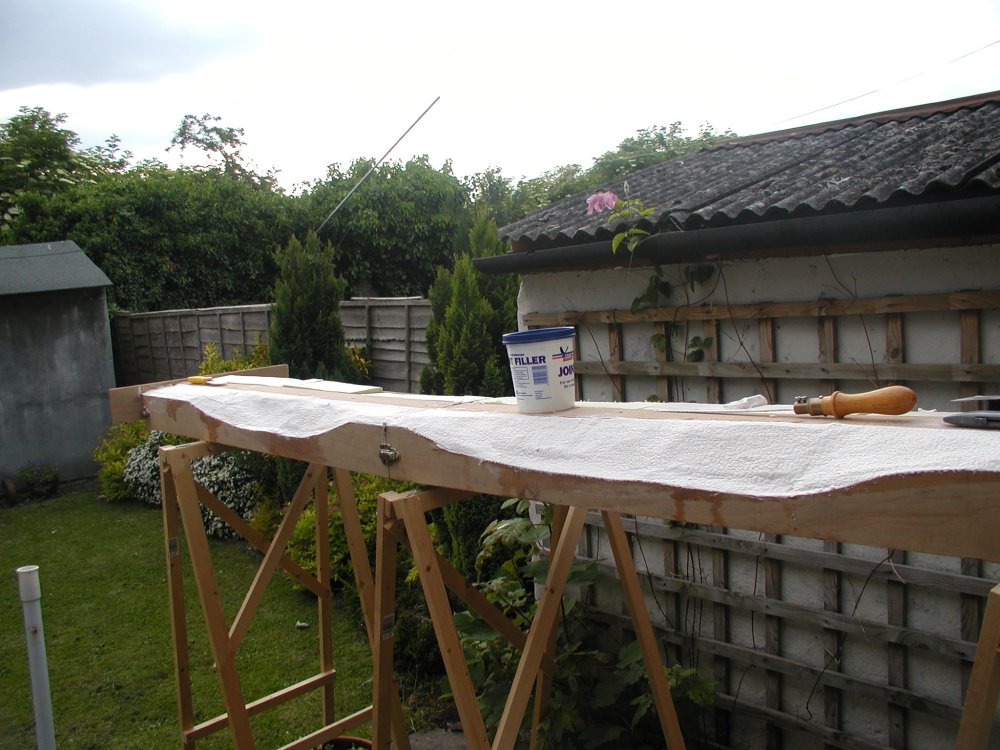
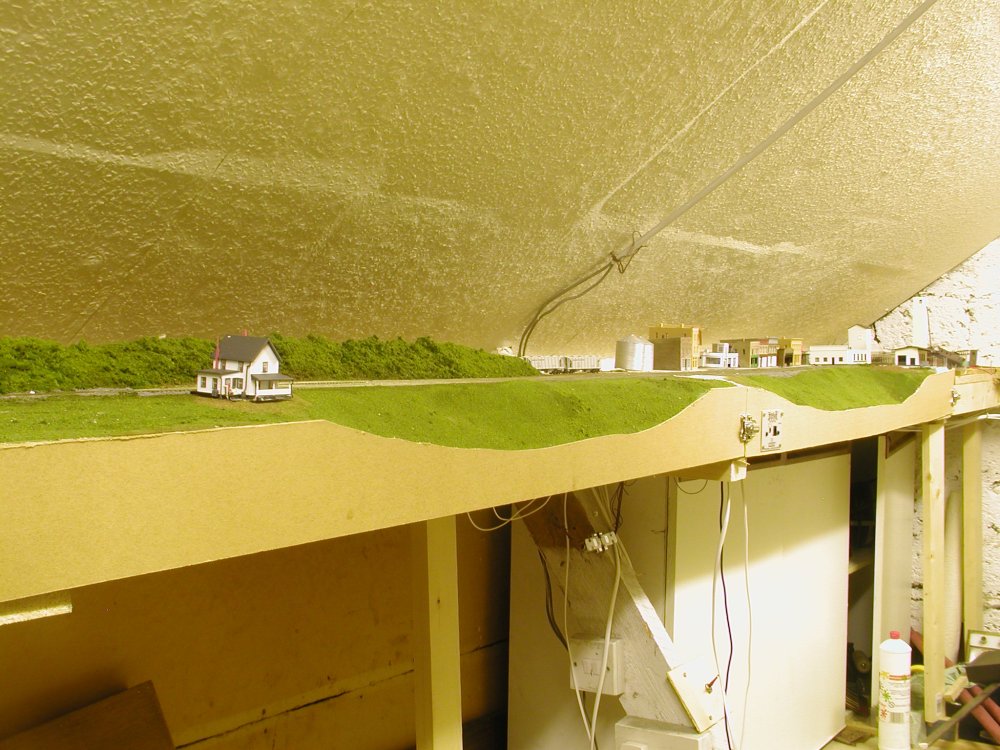
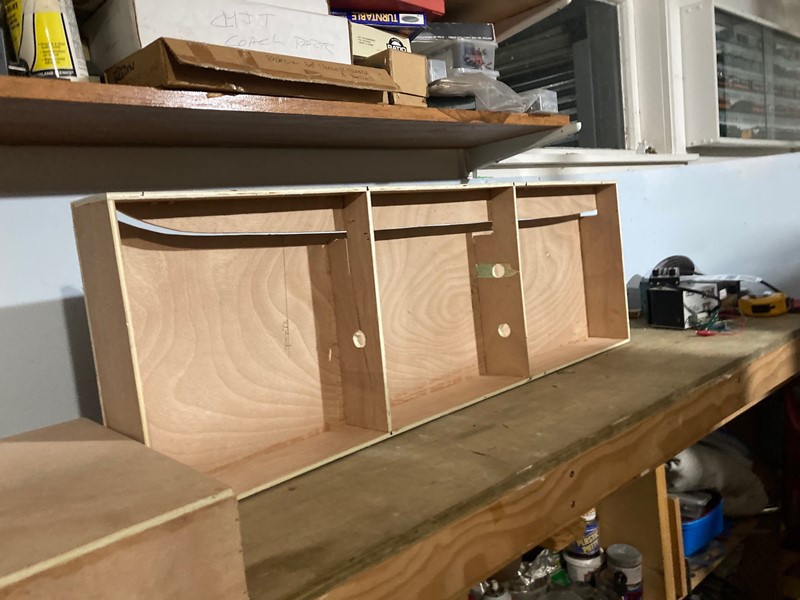


.jpg.e8fffece28f630f50ffcbbeb29d39e4e.jpg)